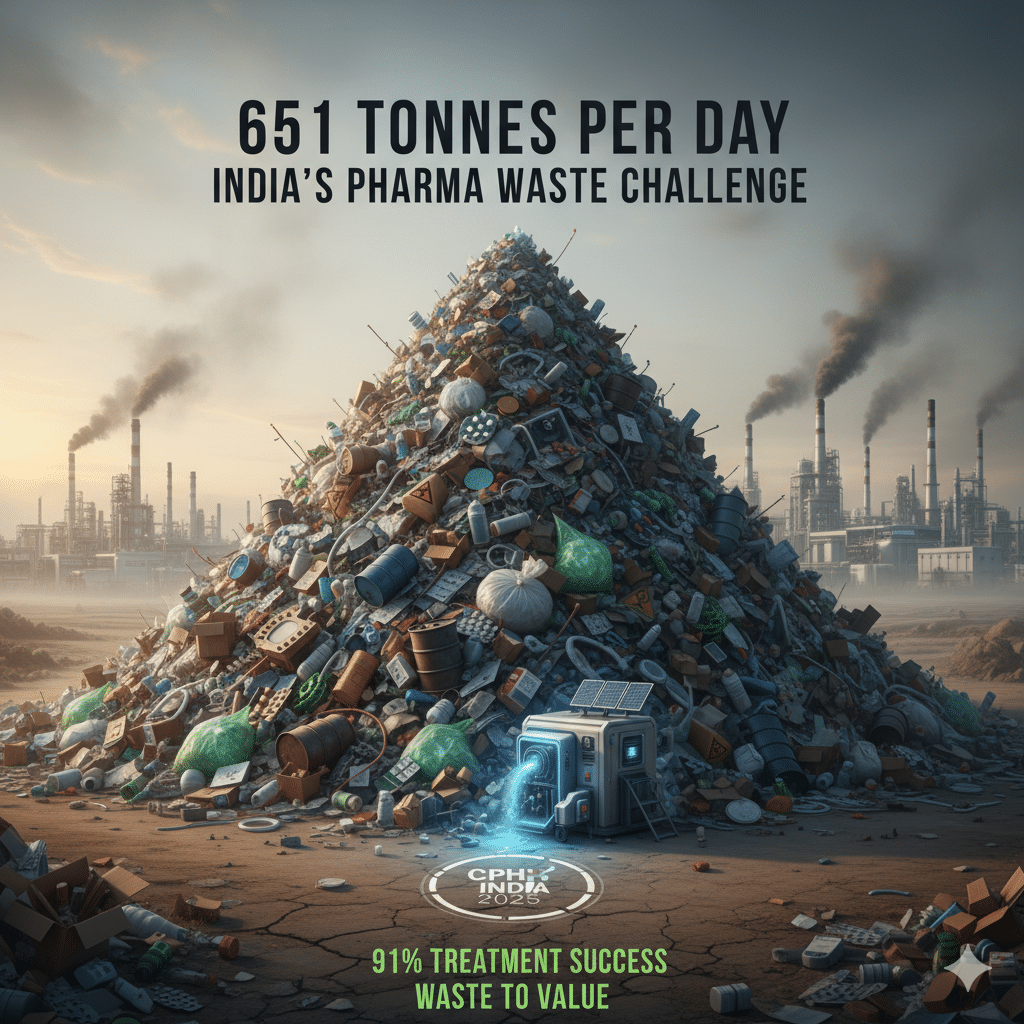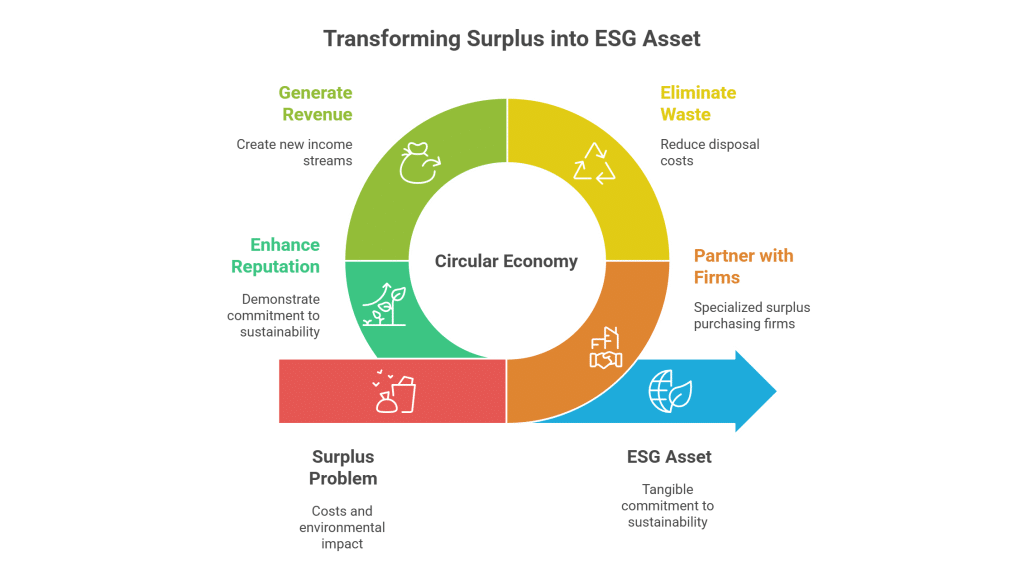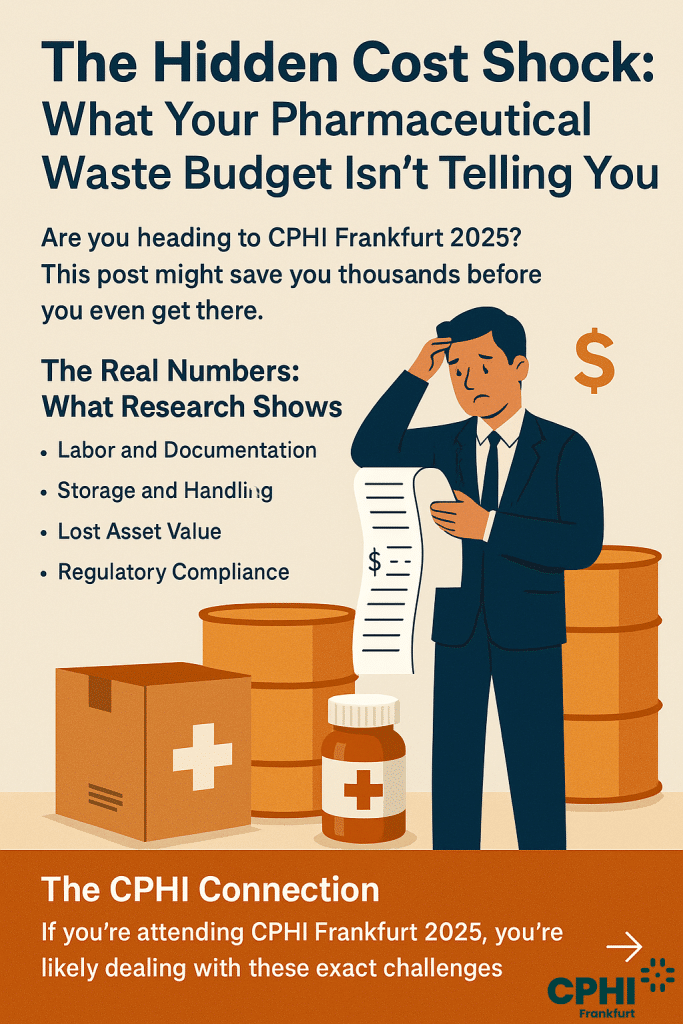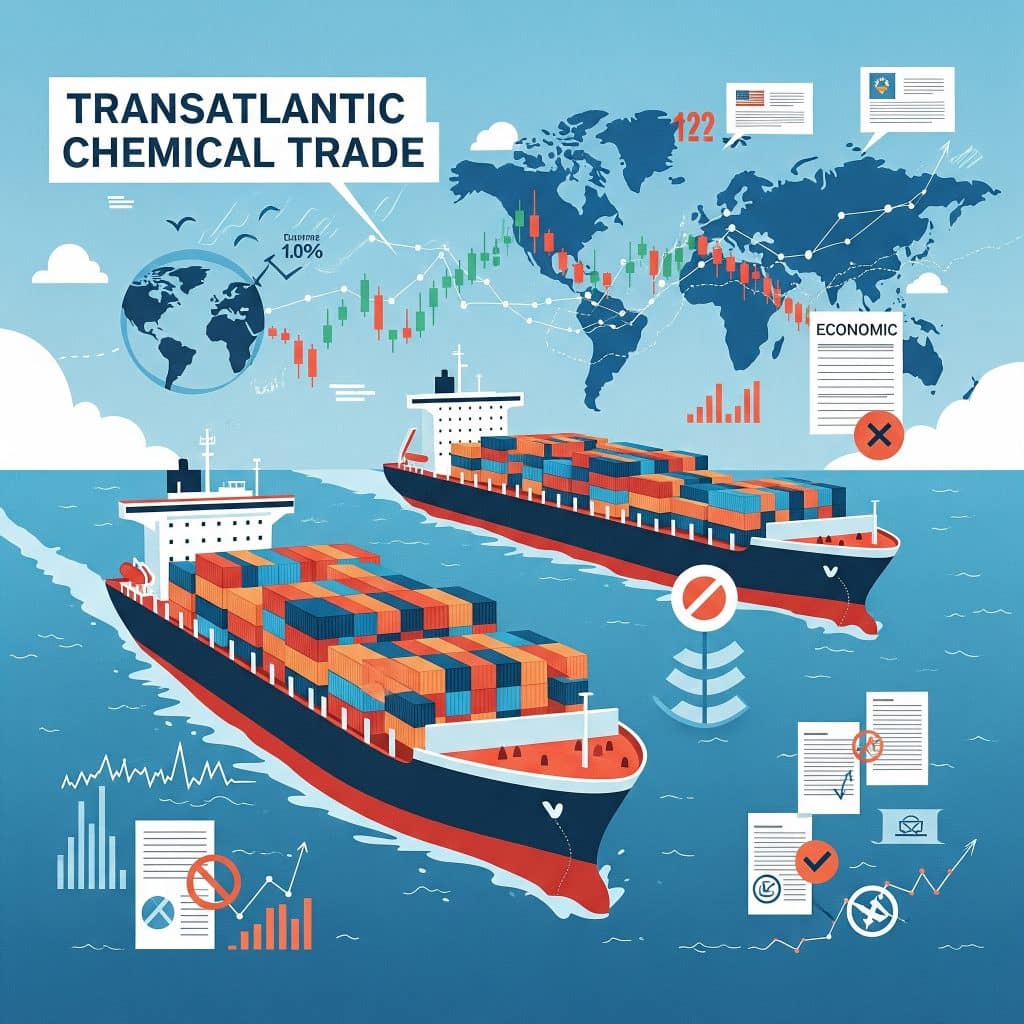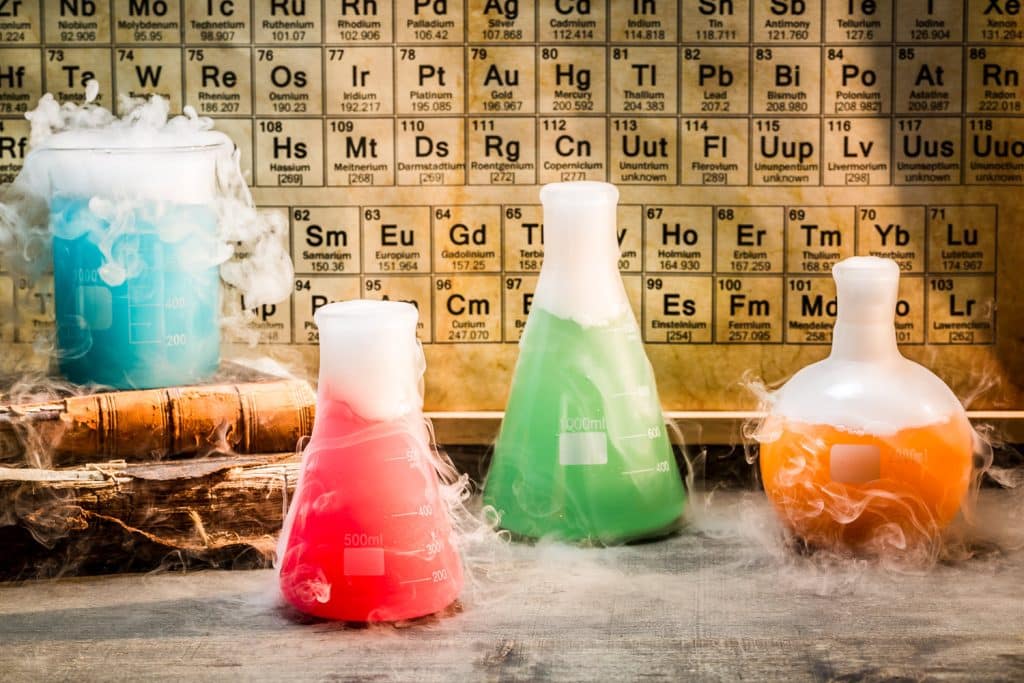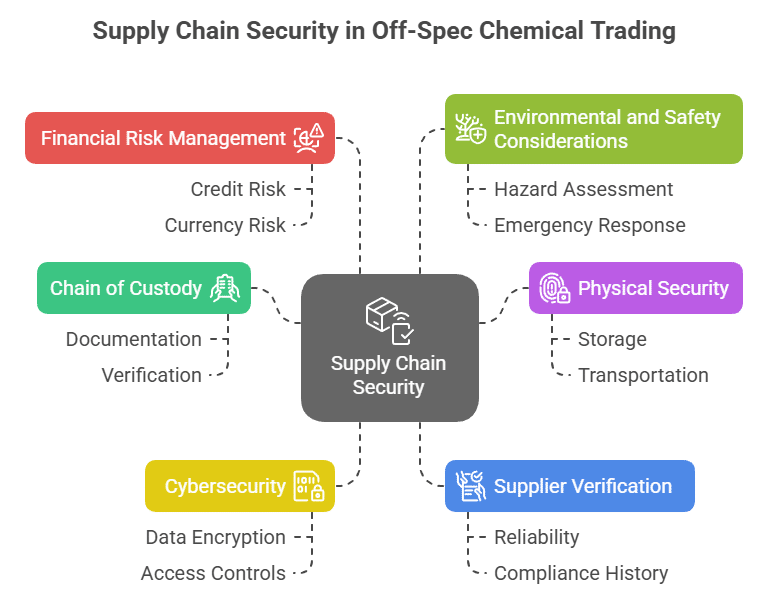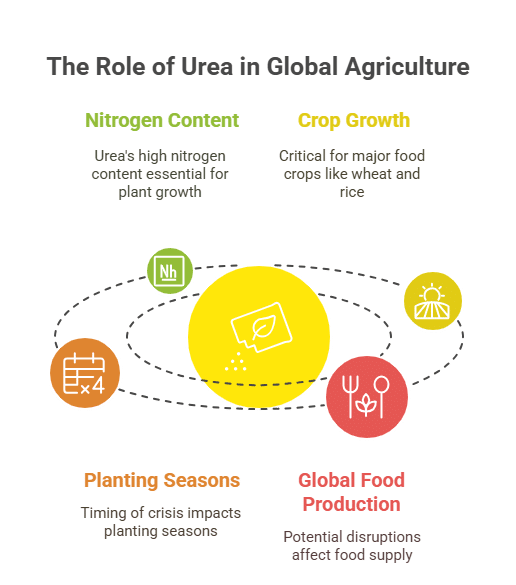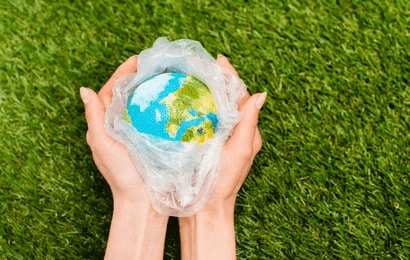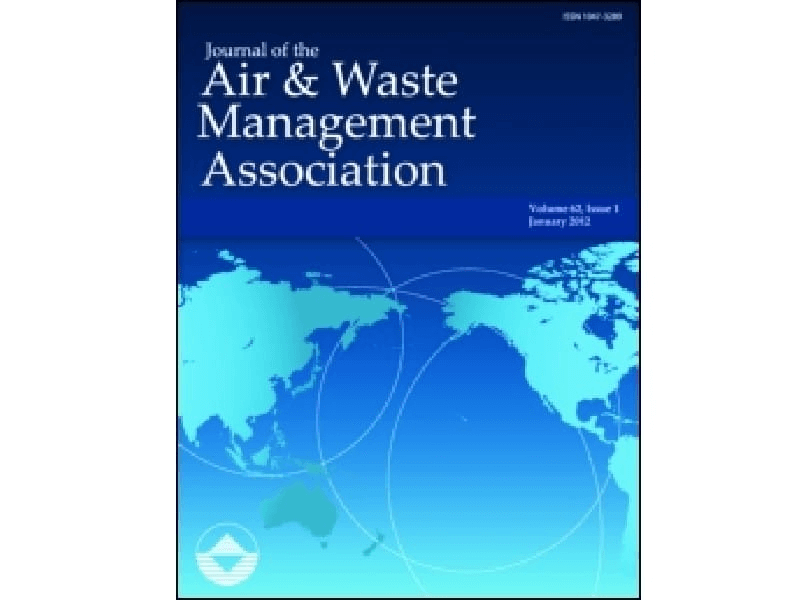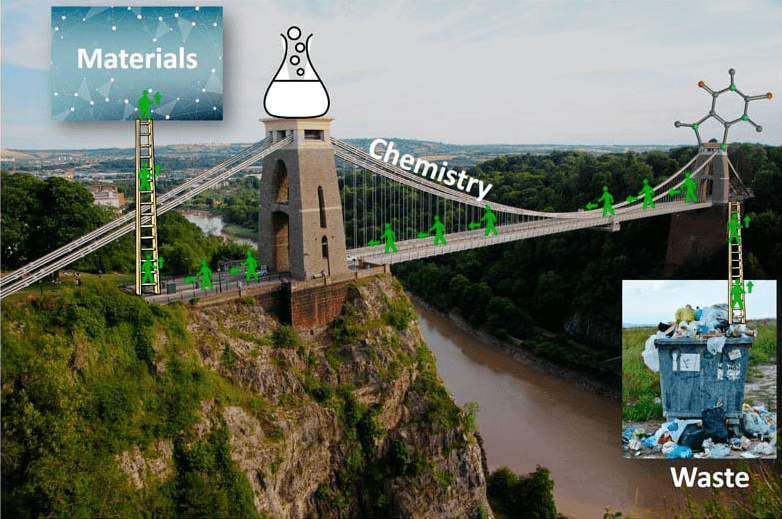Transforming Surplus Phosphonates in the Water Treatment & Detergents Industry
Efficient Phosphonates Solutions in Water Treatment & Detergents
Phosphonates in Water Treatment & Detergents
Table of Contents
Case Study: Turning Surplus into Opportunity with Phosphonates
In one notable case, a leading water treatment facility faced challenges with surplus phosphonates that were taking up valuable storage space and incurring disposal fees. Instead of letting the excessive inventory sit unused, the facility partnered with a surplus chemical trading platform to convert the surplus into a profit center. The excess phosphonates were repurposed and sold to manufacturers who needed high-quality chemicals for scale inhibition in both water treatment and detergent production. The transaction not only alleviated storage constraints but also generated significant savings and additional revenue. This proactive approach not only enhanced operational efficiency but also contributed to more sustainable chemical management practices, setting a benchmark for resourcefulness in industrial chemical applications.



